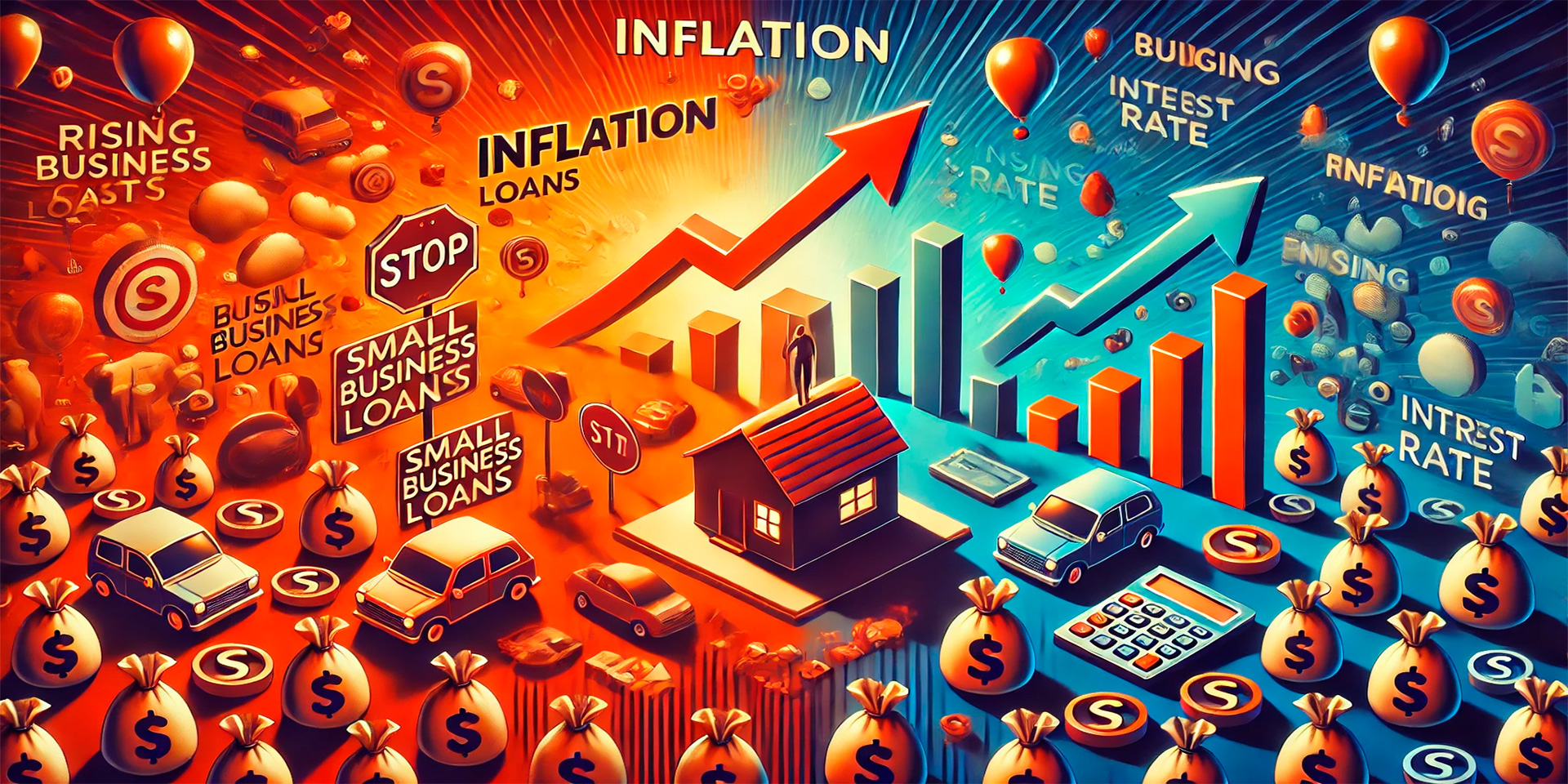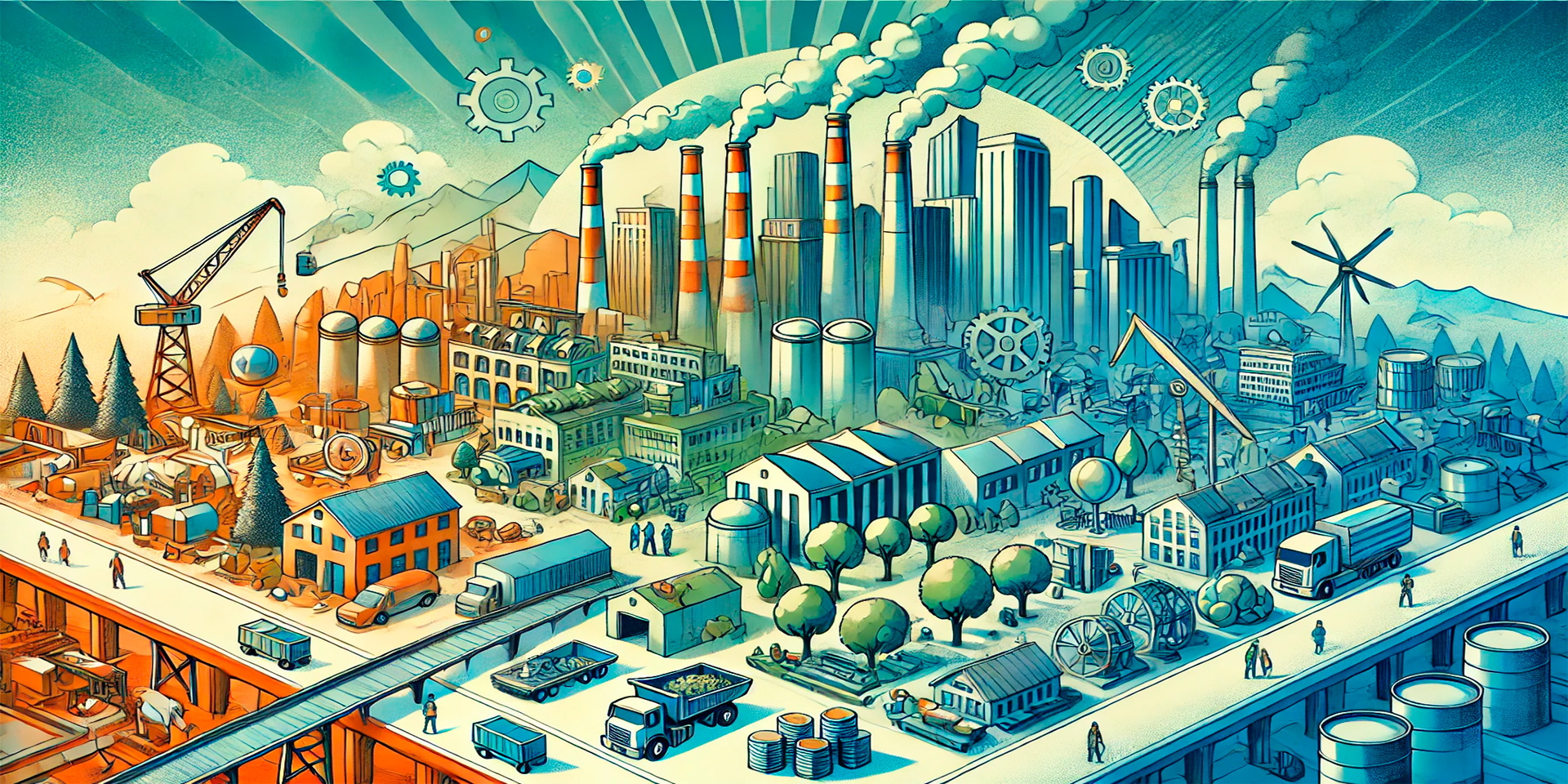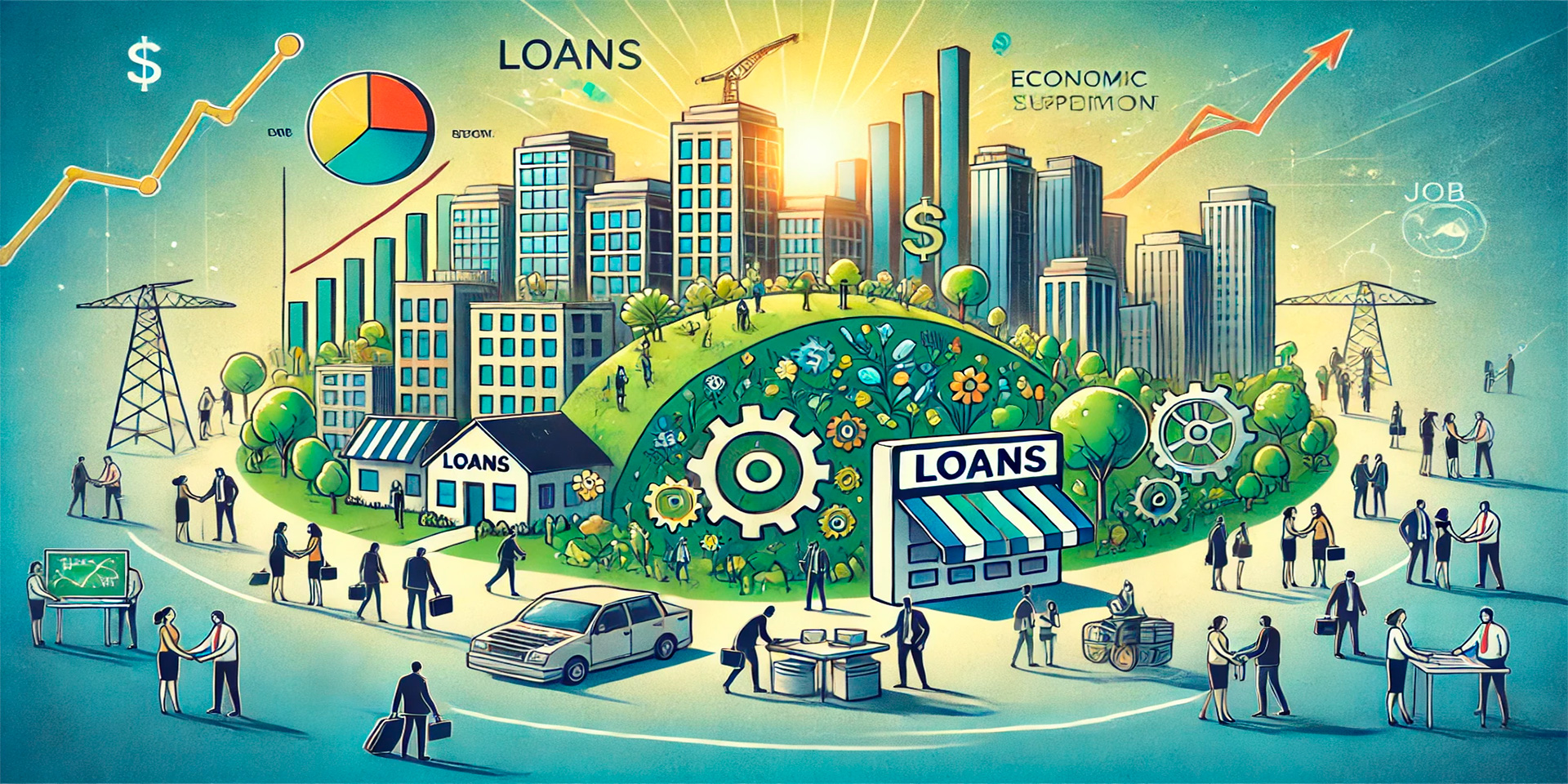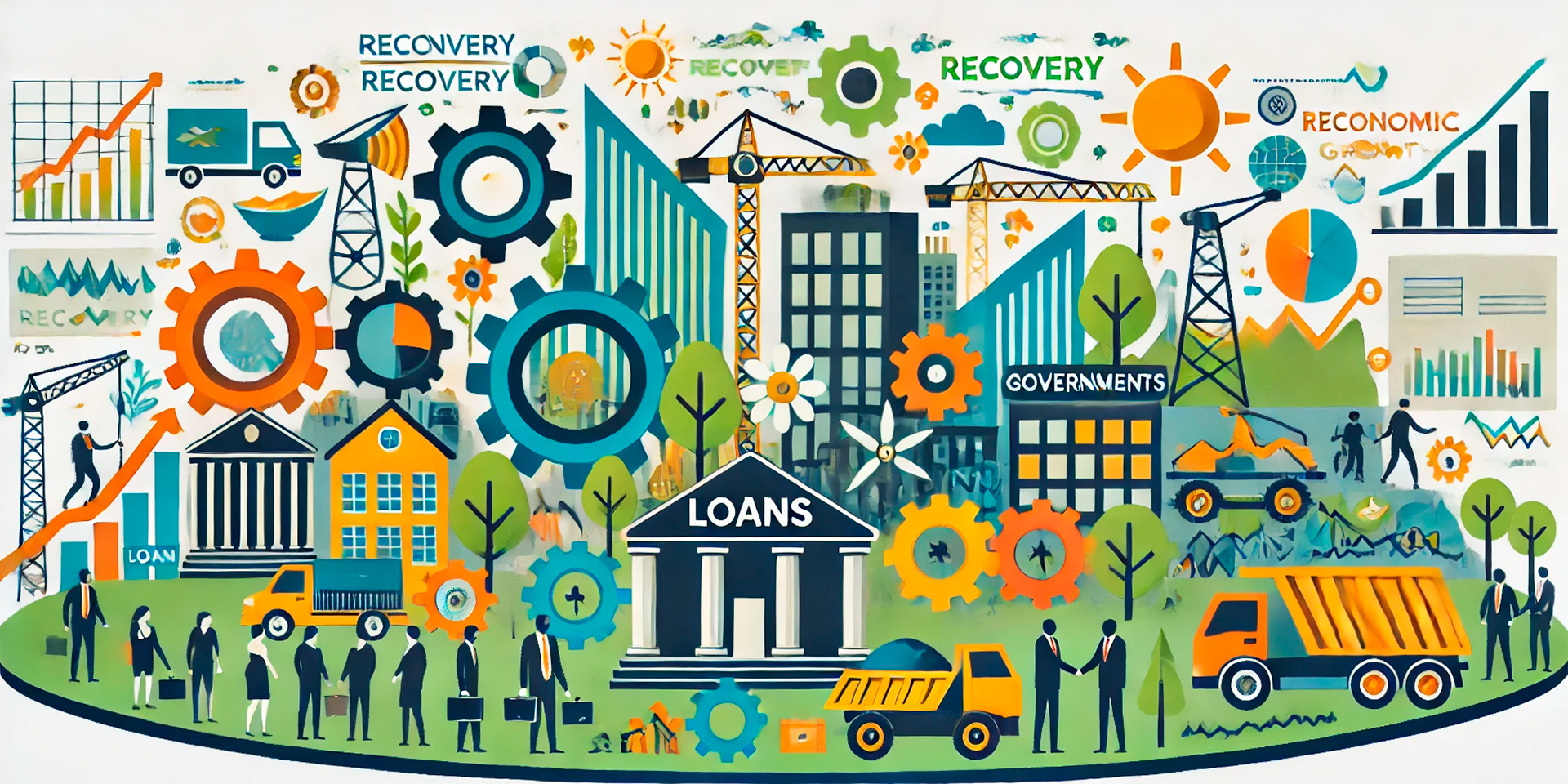
Rebuilding Economies Post-COVID: The Critical Role of Loans in Recovery and Growth
The COVID-19 pandemic caused unprecedented economic disruption worldwide, leading to business closures, job losses, and strained government budgets. As economies begin to recover, loans have become a critical tool in rebuilding and driving growth. Both governments and businesses are using loans to stimulate economic activity, fund recovery efforts, and invest in long-term development projects that will ensure sustainable growth in the years to come.
By providing the necessary financial resources to businesses and governments, loans are helping economies recover from the pandemic’s shock, allowing for the revitalization of key industries, job creation, and infrastructure development.
Government Loans and Economic Recovery
Governments have played a key role in post-pandemic recovery by providing loans and financial aid to businesses, individuals, and public sectors. During the pandemic, many countries implemented emergency loan programs to prevent mass layoffs, support struggling industries, and maintain public services. As economies move into the recovery phase, these loans continue to be vital in helping businesses stabilize and rebuild.
For example, in the United States, the Paycheck Protection Program (PPP) provided billions of dollars in forgivable loans to small businesses, helping them keep their workers employed during the height of the pandemic. Now, as the economy recovers, similar loan programs are being used to provide long-term financing to industries most affected by the crisis, such as tourism, hospitality, and retail.
Governments are also using loans to invest in infrastructure projects that drive economic growth. These loans finance the construction of roads, bridges, renewable energy projects, and healthcare facilities, which not only create jobs but also improve the long-term productivity of the economy. By making strategic investments in public infrastructure, governments are laying the foundation for a more resilient post-pandemic economy.
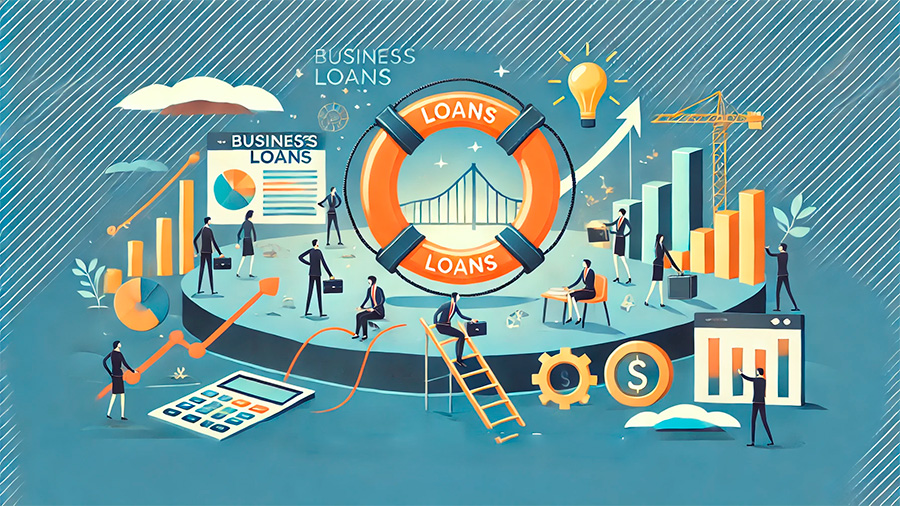
Business Loans as a Lifeline for Recovery
For businesses, loans have been a critical lifeline during the pandemic and continue to play a crucial role in the recovery process. Small and medium-sized enterprises (SMEs) in particular rely on loans to rebuild after pandemic-related disruptions. Many businesses faced severe revenue declines, forcing them to take out loans to cover operating expenses, pay employees, and manage cash flow.
As economies recover, businesses are using loans not only for survival but also for expansion and innovation. Companies are leveraging loans to invest in new technologies, hire additional staff, and expand their product offerings to meet changing consumer demands. Access to affordable credit allows businesses to adapt to new market realities, such as the shift to digital commerce and remote work, and position themselves for long-term success in the post-pandemic landscape.
For instance, e-commerce businesses have seen tremendous growth during the pandemic, and many are using loans to upgrade their logistics infrastructure, streamline operations, and enhance their digital platforms to meet the rising demand for online shopping.
Supporting Employment and Workforce Development
One of the key challenges in the post-pandemic recovery has been restoring jobs lost during the pandemic. Loans are helping to address this by enabling businesses to rehire employees, create new jobs, and invest in workforce development programs. Government-backed loans, as well as private sector financing, are providing the capital businesses need to ramp up hiring and restore economic activity.
In addition to supporting job creation, loans are funding training programs that help workers acquire new skills and transition into industries with high demand, such as healthcare, technology, and renewable energy. This investment in workforce development not only helps individuals regain employment but also strengthens the overall labor market, ensuring that businesses have access to a skilled workforce as they grow.
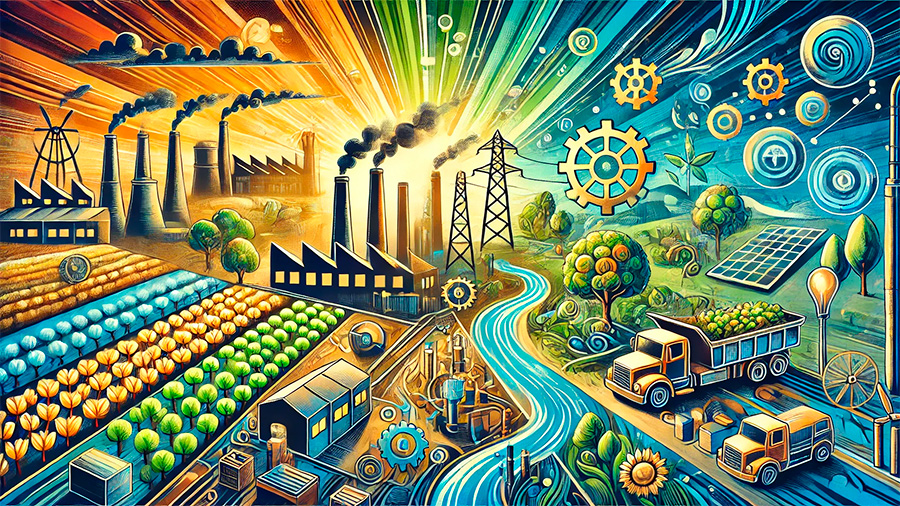
Reviving Key Industries and Sectors
Certain industries, such as tourism, travel, and hospitality, were hit particularly hard by the pandemic, and loans have become an essential part of their recovery efforts. Many governments have implemented targeted loan programs designed to support these industries, providing them with the financial resources needed to resume operations, reinvest in facilities, and restore consumer confidence.
For example, the global tourism sector, which faced dramatic losses during the pandemic due to travel restrictions, is now receiving support through government loans and international financing. These loans help tourism businesses reopen, rehire staff, and market their destinations to attract visitors once again. Similarly, the hospitality industry, which faced prolonged closures, is using loans to renovate properties, implement health and safety measures, and upgrade services to meet new consumer expectations.
Loans are also critical for the healthcare sector, which continues to face increased demand for services in the wake of the pandemic. Healthcare providers are using loans to invest in medical equipment, expand facilities, and hire additional healthcare workers, ensuring that they are equipped to handle future public health challenges.
Stimulating Innovation and Technological Advancements
Innovation is key to long-term economic growth, and loans are playing a vital role in fostering technological advancements that will shape the post-pandemic world. Businesses in sectors such as technology, healthcare, and renewable energy are using loans to fund research and development, explore new markets, and bring innovative products and services to market.
The pandemic accelerated the adoption of digital technologies, and loans are enabling businesses to continue investing in innovations that improve productivity and efficiency. From telehealth platforms and remote work solutions to renewable energy technologies and AI-driven automation, loans are fueling the development of cutting-edge innovations that will drive economic growth for years to come.
Governments are also using loans to fund public-sector innovation, including investments in digital infrastructure, cybersecurity, and green energy projects. These initiatives are helping to modernize economies and ensure that they are better prepared for future challenges.
Conclusion
Loans have proven to be a powerful tool in the recovery of post-pandemic economies, providing businesses and governments with the capital needed to rebuild, innovate, and invest in long-term growth. By supporting small businesses, reviving key industries, and funding infrastructure and technological advancements, loans are helping to restore economic stability and create a more resilient global economy.

